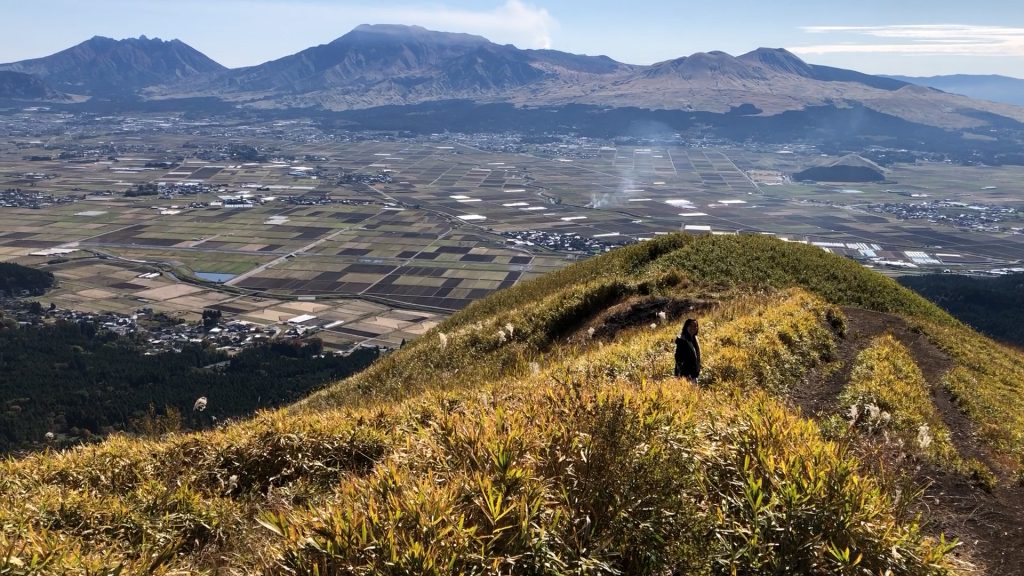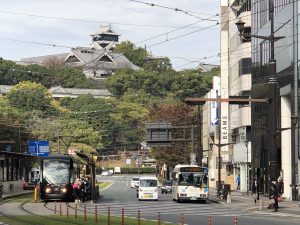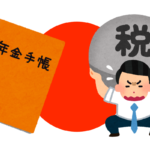
We went to Kumamoto and Fukuoka using Go To Travel.
I've been thinking about going to Kumamoto since last year, and I had hoped to go during the lush green summer season, but I had to miss it because of the new corona virus.
But we were able to do so by taking advantage of this campaign.
I wanted to see my friends from my school days in Kumamoto, and more importantly, I wanted to show my wife the magnificent scenery of Aso.
From Haneda Airport to Aso Kumamoto Airport by Japan Airlines. The weather was good and before landing we could see the fumes rising from the crater of Mt Aso and Mt Nakadake from the sky.
From the airport, we rented a car and drove the curving road to Daikanbo via Milk Road.
When we climbed up to the top of the mountain, there was a plateau, and if it was summer, there would be a tranquil landscape where Aso red cows were grazing in green pastures, but unfortunately there were only a few cows grazing this time of year.
The north side of the Aso's outer rim is a series of gentle plateaus, so you don't feel that you are on a high place even if you are driving a car. Suddenly, however, when you go to the edge of the outer rim of the mountain, your field of view expands and you are standing on the edge of a precipice.
If you are going to Aso for the first time, I recommend you to take a course from Hita to Aso via Oguni Town because the gap between the two is very impressive.
Daikanbo is located in a magnificent natural setting with a view of the caldera (from the Spanish word "pot") and the wild-looking Mount Aso in the middle of the caldera, and the Kokonoe mountain range to the left rear.
My wife, who stood on the Daikanbo, was also impressed and took pictures of the mountain. As my wife's resident photographer, I did the same.
At times, my wife was on the edge and go walked along the wilderness path to the end of the Great Observatory.

While looking at the caldera from Daikanbo, my wife asked a rather pointed question about why it wasn't a lake.
It is true that the world's largest caldera in Indonesia has Lake Toba, and Japan's largest caldera has Lake Kussharo. So it is not surprising that Aso has a caldera lake as well.
In the case of Aso, a part of the west side (in the direction of Kumamoto City) of the outer rim of the mountain has collapsed, so water flows out of there and a lake cannot be formed.
After talking about such science, we drove to our other destination in Aso.
Our daily routine these days is to watch Heartland on Netflix, and one day I asked my wife if you've ever ridden a horse. I asked. I've seen cows a lot in Cebu, but I've never seen a horse (and if you look it up, there's a riding club).
My wife answered, of course, is no.
That's when I remembered Kusasenri's tourist ride. I decided to have her ride a horse to make memories.
Far from the image of a horse galloping through Kusasenri (a thousand miles of grass) with the fumes of Aso Nakadake in the background, it was a leisurely plodding walk on the back of a horse pulled by a puller, but it looked like fun in its own way.
The resident cameraman worked hard to take pictures of the bumpy grass, being careful of horse manure. (CONTINUED)









